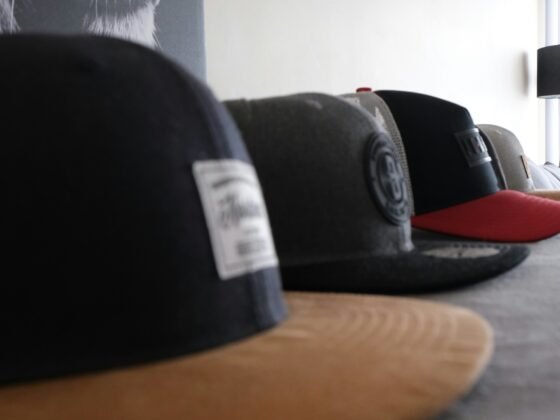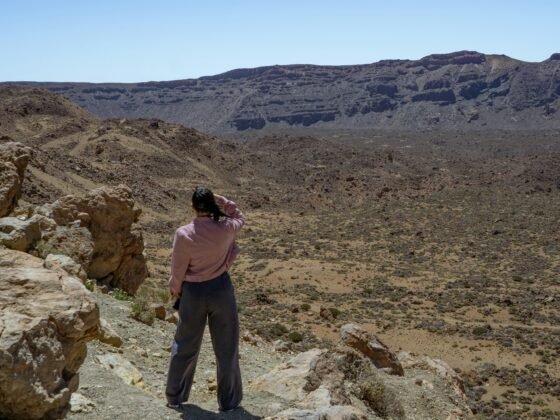You’ve carefully planned your ski and snowboarding holiday, but you’ve got to think about your gear now. If you’re a beginner and you haven’t settled into your skis yet, you could rent all sorts of kit including skis, helmets, boards etc at your destination, somewhere like the ski shop Melbourne. But if you’re a seasoned skier, you’ll want to take your own skis or snowboard that’s just right for you. We’ve put together our five top tips for flying with skis and snowboards that take the headache out of getting your ski equipment to your destination.
Tip #1: Know your airline’s baggage policy
Before you do anything else, get in touch with the airline you’ll be travelling with to ask about their policies around flying with skis and snowboards. Not all airlines’ policies are the same around weight restrictions and whether you can check-in two snowboards in a single bag or skis and a snowboard in a single bag. Some do allow this while others require you to check each item separately. So contact each airline you’ll be travelling with ahead of time to avoid any bumps in the road.
For instance, British Airways counts ski equipment as one piece of luggage toward British Airways’ free checked baggage allowance. If you are travelling on a hand baggage only fare or your checked baggage allowance includes one bag only, you will have to pay extra to fly your ski equipment. In addition, any items weighing more than 23 kilograms may incur an overweight baggage charge. You can check-in ski and snowboarding equipment up to 190 centimeters or 75 inches in length, so long as it’s packed in a recognized ski or snowboard bag, and ski poles are packed with skis, and boots packed separately from the skis or snowboard.
On the other hand, Air France treats ski equipment as a standard checked baggage item and is included at no extra charge in the baggage allowance if it’s the only baggage that you’re checking-in or one of the two pieces of baggage that is allowed for Business and La Première cabins. Fees to check an extra bag vary by route, but usually cost 20 percent less when purchased online. These rules do not always apply to Light and Basic fare tickets.
Tip #2: Get the price
The weight restrictions we mentioned, along with the number of bags you will need to check in, will have an impact on the price you pay for flying with skis and snowboards. If you have a choice of airlines and you travel regularly with ski equipment, you’ll want to fly with the airline that has the most reasonable check-in policies and fee structures. Also ask about loyalty programmes that allow you to earn frequent flier perks like free checked bags, which means your skis could fly free.
Tip #3: Choose your bag
The bag you choose will come down to how much money you want to spend and how much physical energy you want to expend on hauling your bag to and from the airport.
You’ll pay a higher price for a good-quality, light-weight high-density polyethylene ski and snowboard travel bag but you’re less likely to have to deal with damaged equipment at some point. Your other choice is whether or not to go with wheels or without wheels. A non-wheeled bag is cheaper but it’s also more difficult to lug around. A well-padded and wheeled bag is going to make your life a lot easier when getting your bag through airport terminals and parking lots.
Tip #4: Pack like a pro
Take only what you need. You’d be surprised how little you can live with. Don’t work harder, think smarter. Like removing the binding from your skis to reduce your ski bag’s weight (some airlines will allow you to pack your bindings and boots as carry-on luggage). Remember to use tip covers or foam pipe insulation and rubber bands to stop your ski pole tips from puncturing your ski bag. When packing clothes, roll up as many items as possible and pack them into all the vertical space you have in your ski or snowboard bag. This reduces creasing and is a great space saver.
To avoid a case of one missing sock, pack these items and underwear into waterproof bags. It’s also a pro tip for separating your used underwear from those that are still clean. There should be another separation between your ski clothes and your street clothes. With your skis, poles, avalanche gear or your snowboards up the middle, pack your ski clothes on one side and your street clothes on the other. Another pro tip is to use your bindings as dividers for different categories of clothing so you won’t have to search for anything.
Now your bags ready for a luggage label that clearly lists your name, address, phone number and email. It does happen sometimes that a luggage label can get damage so put a card inside the bag with all your details on it. Last thing, take a photo of your baggage during checked-in. This will help if your bag is lost.
Tip #5: Plan an airport transfer
Check if your airport transfer can get you and your ski equipment to where you’re going without any unnecessary upsets or accidents. If you’re renting a car, opt for one that is fitted with a ski rack or even better – a roof box that offers more protection even though it’s a more expensive option.
Before you hit the slopes, check out our YouTube channel or our website. We are a Snowboard shop in the UK that offers next day delivery of the world’s best snowboards.











